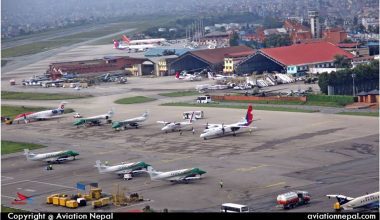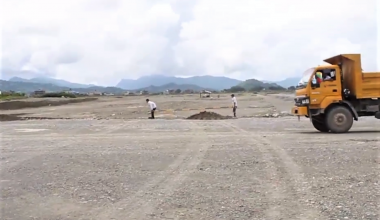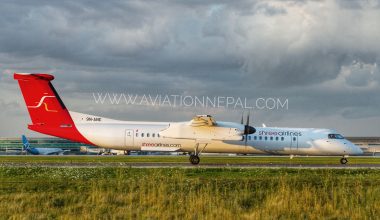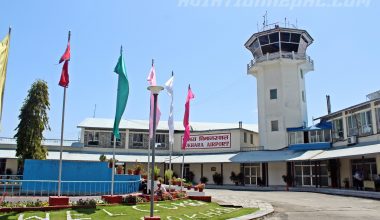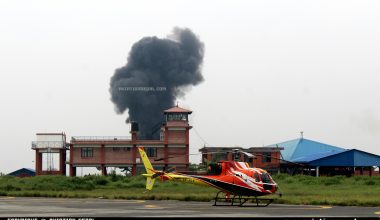On August 22, 2022, An Alaska Airlines flight serving the Seattle-San Diego route was forced to divert back to Seattle International Airport shortly after departure due to unusual vibration on the aircraft’s left side. During an emergency landing, the aircraft involved, i.e., Boeing 737-900ER, lost the cowling (a removable metal covering of the engine) of its left engine, a horrible sight for passengers to witness.
Unusual vibration
Alaska Airlines Flight AS558 bound for San Diego departed Seattle-Tacoma International Airport (SEA) from runway 16L at 7:36 am local time, carrying 176 passengers and six crew onboard. The Boeing 737 aircraft took off normally and was en route to San Diego when the plane started to vibrate. As the crew reported an unusual vibration from the twinjet’s left side, a decision was made to divert the plane back to the departure airport. The B737 aircraft stopped climbing at around 12,500 feet and got as far south as Mount Rainier before returning to Seattle. The flight remained airborne for just 27 minutes as it was back at the airport by 8:04 am local time.
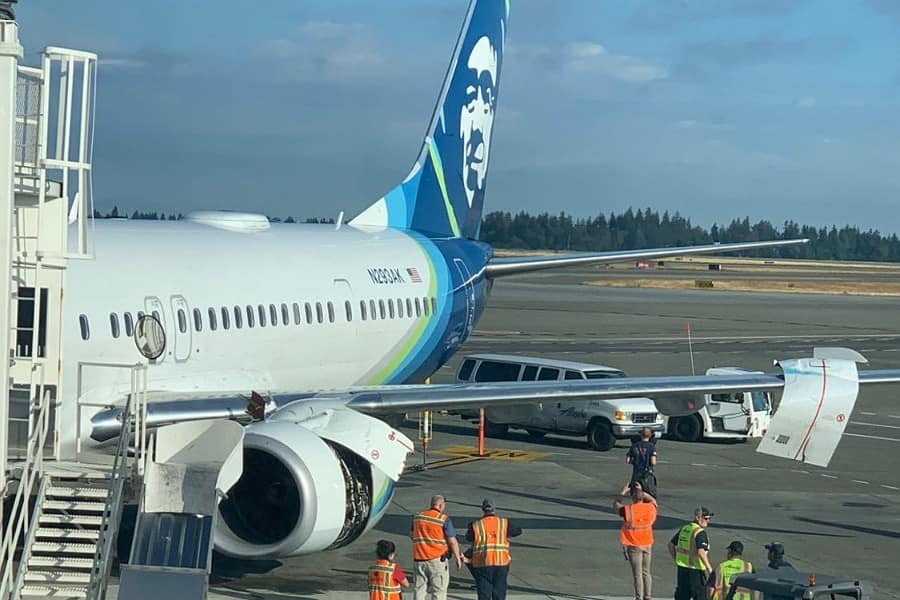
Left-hand engine cowling ripped off.
Following the diversion prompted by strange vibration, the plane ended up landing on 3627-m-long runway 16L. Upon touchdown, a part of the left engine’s metal paneling fell off and was captured in video and photographs. Passengers shared the footage of the part of the left engine cover coming loose, which eventually detached from the aircraft when the twinjet landed.
Also Read: Alaska Airlines is forced to land in Seattle after passengers are threatened with death
The pieces of the left-hand engine cowling came loose and flew off as the plane was landing. Despite the horrible-looking incident, the aircraft landed safely, and none of the 176 passengers and six crew members onboard was hurt.
As the pieces of the engine cowling were blown to the ground and constituted a safety hazard, the concrete-paved 16L runway was closed shortly to sweep clear debris out of the way of other incoming aircraft.
Another flight for passengers
All 176 passengers were rebooked on another flight to San Diego since the plagued aircraft was taken out of service for investigation. To fly passengers to San Diego, Alaska Airlines arranged a replacement aircraft that took the skies at 11:10 am, two and a half hours after passengers returned to the terminal gate. The plane landed at the destination airport at 13:22, over three hours behind the actual arrival schedule at 10:19 am.
Crew praised for handling the incident well.
The two pilots onboard the Boeing 737-900ER were competent, with more than 32 years of combined flying experience. While confirming the diversion of flight 558 due to unusual vibration on the left side of the aircraft and detachment of a part of metal paneling from the aircraft during landing, Alaska Airlines also praised the crew onboard in its statement. The SeaTac-headquartered carrier stated that the flight crew and cabin attendants handled the incident professionally with care. It also acknowledged the patience of passengers during the incident.
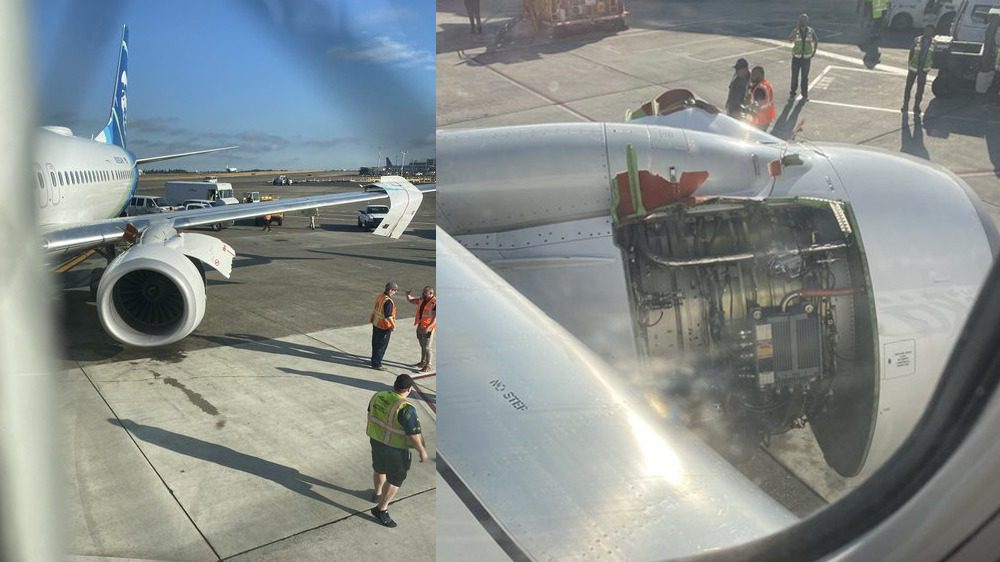
Boeing 737-900ER
Alaska’s Boeing 737-900ER operating the AS558 yesterday is a 3.92year-old narrow-body twinjet which is registered as N293AK. The fuel-efficient, extended-range aircraft joined the Alaska fleet in September 2018. The replacement aircraft that flew 176 passengers to San Diego is an N283AK registered 737-900ER aircraft which was delivered to Alaska Airlines in 2017. It is 4.74 years old and has a seating capacity of up to 178 passengers in three cabin configurations, i.e., first, coach, and premium class.
Alaska Airlines is a proud operator of the largest variant of the 737NG generation, i.e., 737-900ER (Extended Range), with 79 units in its current fleet. The aircraft cruises at the top speed of 530mph with a range of 2,720 nautical miles. Alaska’s B737-900ER is equipped with 178 leather Recaro seats, seatback power outlets, Alaska Beyond Entertainment facility and high-speed WiFi, spacious overhead bins, and Boeing’s award-winning Sky interior. The fleet of fuel-efficient B737-900ER forms a critical portion of Alaska’s operations, offering reduced seat-mile costs, improved cabin experience, less fuel burn per seat, and environmental benefits for the carrier.
About Alaska Airlines
Alaska Airlines is a major US carrier and a member of the Oneworld alliance, founded on April 14, 1932. It is the sixth-largest North American airline that concentrates its traffic flow through its primary hub in Seattle-Tacoma Airport and other hubs in Anchorage, Los Angeles, Portland, and San Francisco. It operates a fleet of 329 aircraft to cater to an extended network of 117 destinations worldwide.

